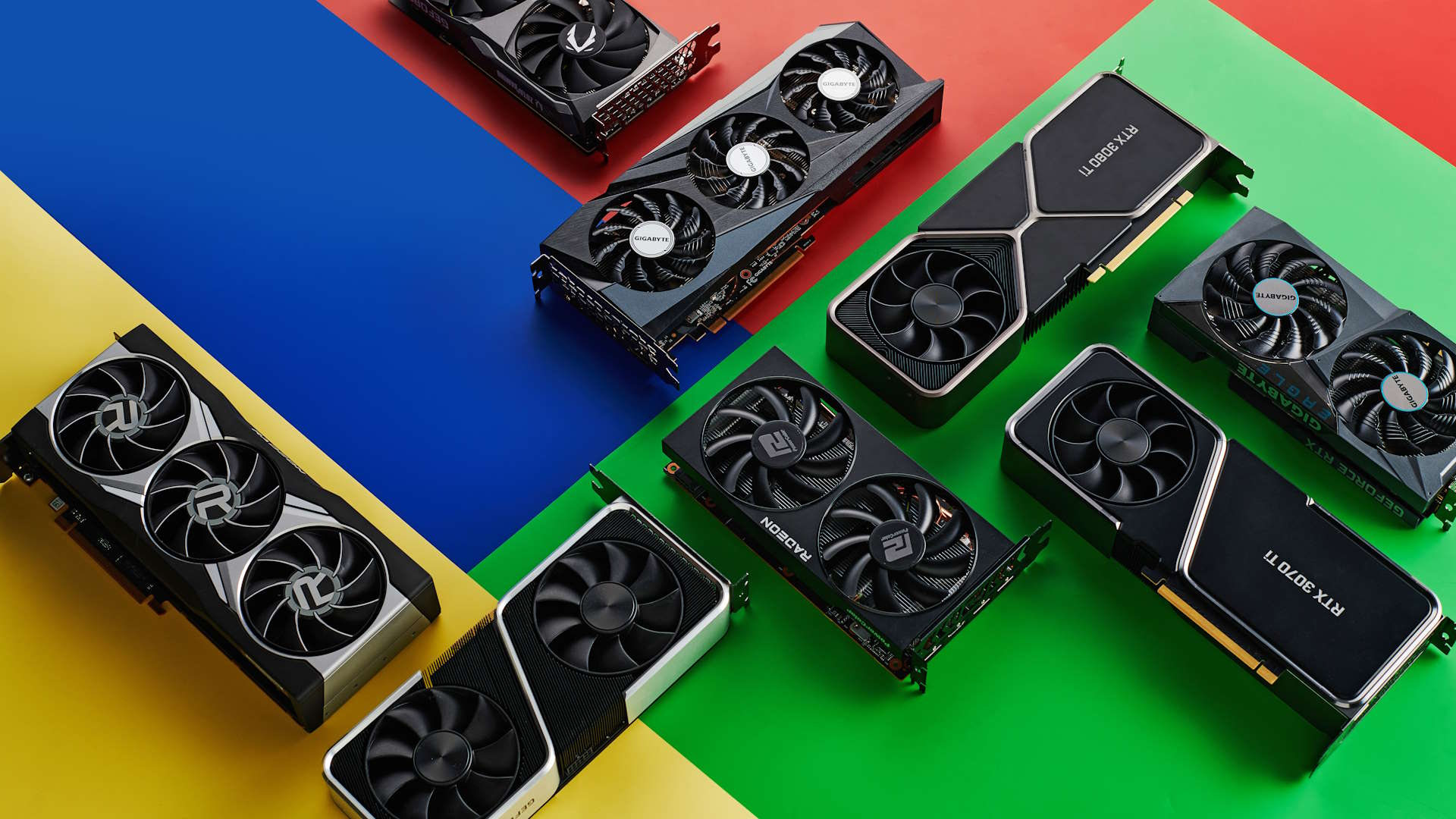
Is that time of the month again, when Valve releases the results from its Steam hardware and software survey, and to no surprise whatsoever, Nvidia still rules the graphics card chart. The November figures show that Nvidia accounts for 72.5% of all the entries, with its Ampere-based GPUs (i.e. GeForce RTX 30-series) accounting for 27.3% of all the different architectures.
Every month, Valve collates the results it gleans from carrying out its random requests of Steam accounts to supply it with PC system and software configurations, such as operating system type, CPU, GPU, RAM amount, and so on. It's not done without the account holder's consent, of course, as you have to actively choose to participate. Valve never indicates the number of accounts it's sampled, so there's always an understandable level of skepticism concerning the results.
In recent years, the rapid growth of PC gaming across Asia and a version of Steam just for China have somewhat skewed the figures, but even so, the figures aren't ignored by the media, hardware vendors, and game publishers. So what's the current breakdown like?
Just looking at graphics cards, the top six entries are all from Nvidia: GeForce RTX 3060, GTX 1650, GTX 1060, RTX 3060 Laptop, RTX 2060, and RTX 3060 Ti. Together, these mid-priced, mainstream GPUs make up 25% of the total, with the RTX 3060 leading the pack at a smidgeon over 5%.
It's pretty much held the top position for the past three months, though it's worth noting that the operating system language points out just why this is the case. Normally, simplified Chinese accounts for 29% of the survey (averaged over eight months) but in October, it took a huge 45.9% slice of the data. However, for the November survey, it dropped back to 26%, so the latest figures are probably a lot more representative of PC gaming as a whole.
Going back a little further, it's the GeForce GTX 1650 and GTX 1060 that were the champions of them all, and they're still very close to the top now. In the case of the GTX 1060, Nvidia's Pascal era of graphics cards are still very popular, taking second place in the survey with 18% of the total (followed by Turing at 15.8% and the recent Ada Lovelace at 9%).
Compared to the July figures, where Ada accounted for 3.7% of all GPUs, the fact that it has more than doubled in four months has to be good news for Nvidia. Perhaps that's one less thing for Jen-Hsun to worry about in the mornings, now.

Best CPU for gaming: The top chips from Intel and AMD.
Best gaming motherboard: The right boards.
Best graphics card: Your perfect pixel-pusher awaits.
Best SSD for gaming: Get into the game ahead of the rest.
As for the competition, it's unfortunately grim reading. AMD makes up just 11.5% of the total (with a 10.5% five month average) and Intel's in a distant third place, with 6.3% (4.7% average). In the case of the latter, it's integrated GPUs: The graphics processor built into the CPU. There's no sign of its Arc graphics cards at all.
AMD's RDNA 2 accounts for 3.3% of all the architectures sampled and is by far its most popular choice for GPU. Its current RDNA 3 has a single entry, the Radeon RX 7900 XTX, way down in 69th place (35 positions lower than the RTX 4090 and 25 away from the RTX 4080).
And speaking of high-end graphics cards, there are relatively few of them. Obviously that should come as no surprise but as they account for just 1.5% of the entire GPU survey, it does make me wonder why game developers create graphics settings that only a tiny fraction of GPUs appear to be able to handle. It's possible that they're privy to better data than Valve's hardware survey but I suspect it wouldn't tell a radically different story.
Whatever the case may actually be, the RTX 3060 is likely to continue being top dog for a good while yet, as Nvidia isn't going to stop production of its super popular GPU just yet.







